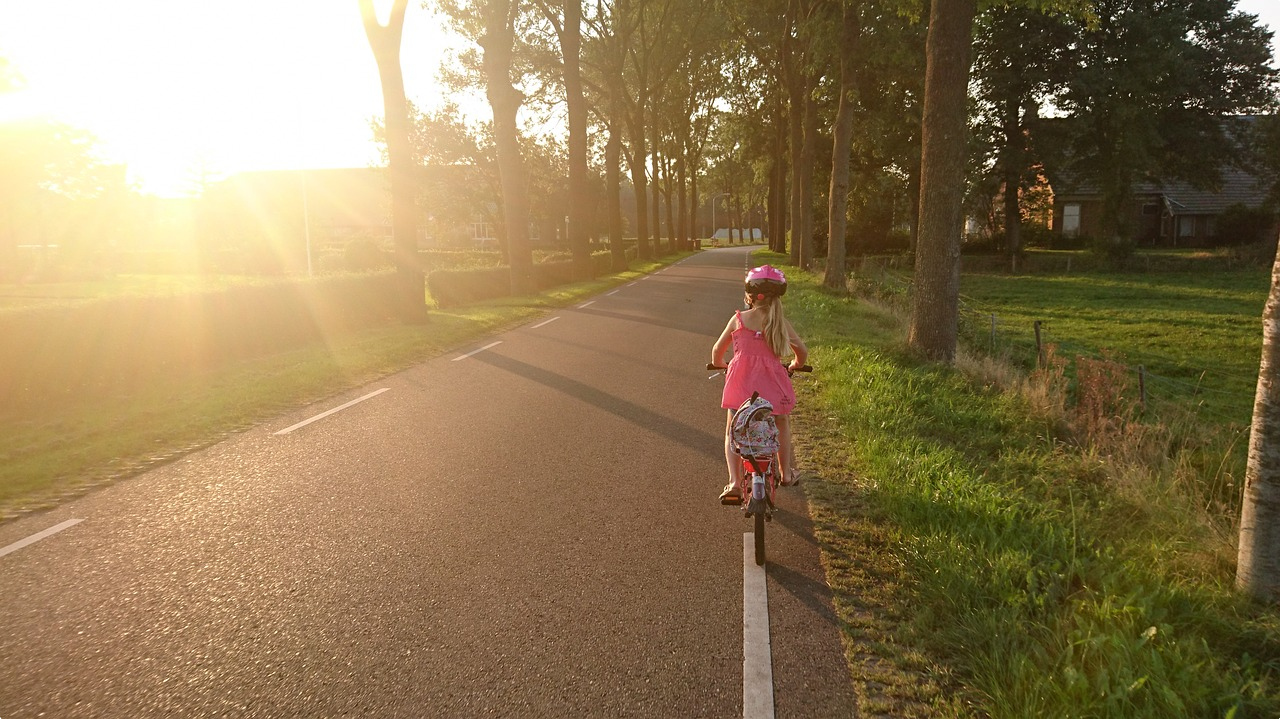For more than three decades, the Brain Injury Association of America (BIAA) has proudly led the nation in observing Brain Injury Awareness Month by conducting an engaging public awareness campaign in March of each year.
The theme for the 2018 to 2020 campaign is Change Your Mind.

The #ChangeYourMind campaign is meant to educate the public about brain injury and the needs of those who have been injured and the needs of their families. The BIAA actively strives to de-stigmatize brain injuries, empower survivors of brain injuries, and promote the support networks that are already in place for those suffering from brain injuries.
What is a Traumatic Brain Injury?
A Traumatic Brain Injury (TBI) disrupts the normal function of the brain. TBIs can be caused by a bump, blow, or jolt to the head, or by a penetrating head injury. Not all bumps, blows, jolts, or penetrations will result in a TBI.
How Big is the Problem?
In 2017, the CDC reported that approximately 2.8 million emergency department visits, hospitalizations, or deaths were associated with TBI.
What Causes TBI?
According to data from the Center for Disease Control (CDC), the leading causes of TBI are falls at 40%.Children under the age of 14 and adults over the age of 65 have the greatest risk of developing a TBI as a result of a fall. Unintentional blunt force trauma, motor vehicle crashes, and assaults also cause TBI.
How Can You Help Prevent TBI?
The CDC has seven simple rules to follow:
- Buckle your child in the car using a child safety seat, booster seat, or seat belt according to the child’s height, weight, and age.
- Wear a seat belt every time you drive your motor vehicle.
- Never drive while under the influence of alcohol or drugs.
- Wear a helmet and make sure that children wear helmets when riding a bike or scooter, playing contact sports, riding a horse, batting or running bases, etc.
- Make living areas safer for seniors safer by installing handrails, improving lighting, and using nonslip mats on shower and bathroom floors.
- Make living areas safer for children by installing safety gates near stairs and window guards.
- Make sure the surface of your child’s playground is made of shock-absorbing material.
For more details on how you can be involved in Brain Injury Awareness Month click here.
Was this article helpful? Like and follow us on Facebook to learn about more articles like this one as soon as they’re published!




